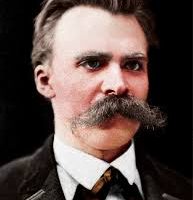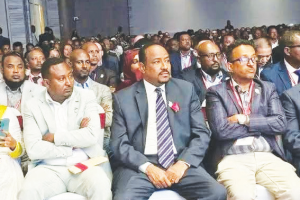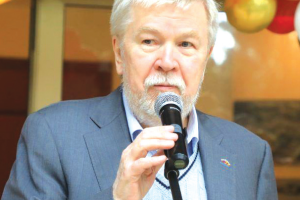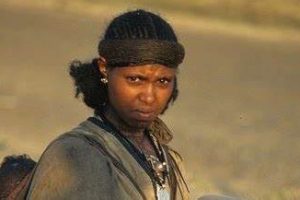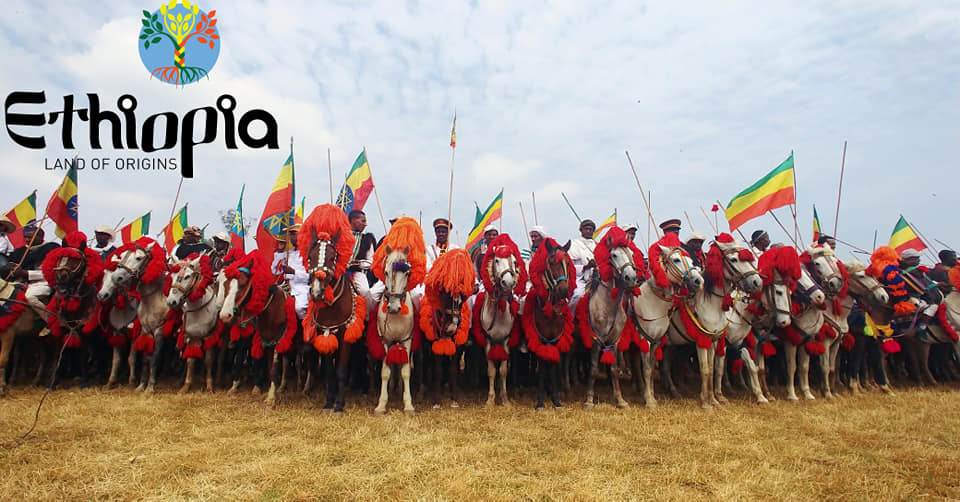
BY ALAZAR SHIFERAW
In Ethiopia, nature, culture and history merge to form a timeless appeal. With its impressive tourism potentials, Ethiopia is truly a land of contrasts and extremes, a land of remote and wild places, and of spectacular alpine terrain – including the Semien Mountains National Park with its 4261 meters peak at Ras Dashen, one of the nine UNESCO world heritage sites; and at the other end of the spectrum, the Danakil depression 121 meters below sea level is among the lowest places on earth and extremely hot. The latter depicts a fascinating sulphur fumaroles and a lunar like landscape, Dr. Hirut Kassaw-Minister of Culture and Tourism, said,
Outstandingly, the Sebat Bet Agew Horse riding culture is one of the country’s intangible heritages that has significant importance in Agew’s society history.
Communication expert of Awi zone in Amhara State, Esubalew Kindie said that although the Agews have several commonalities with other Ethiopian nations and nationalities when it comes to cultural ,historical psychological and social economic aspects, they have their peculiar assets .
The Agew community has various unique cultural assets; its artificial and natural tourist attractions sites, tangible and intangible heritages and wonderful cultures in the zone are atop the list.
Among its various magnificent landscapes , terrain structures and eye-catching tourist attraction sites ; Zengena and Tirba lakes ; Fang, Garcho , Dondorna and Tski falls; , Yekambuna, Yedenena, Atkoshta caves; Yilala reserved Forest and Bagusa National Park ; Ura Mineral Water. Agew Gimjabet Mariam, Yegum Iyesus , Welete Petros Monsteries ; Fadina Zirih Mountains, among others, are some of the wonder sites of Awi zone.
Moreover, Meskel, Genna ,Asurite ,Agolagole, Fifi, Shih Dangila are among the religious ceremonies conducted in the zone. Importantly, the historical and cultural Sebat Bet Agew (Equestrian )Horsemen Association, established 81 years ago by fathers, has been showcasing Agew’s community horse riding culture for generations. This year the annual ceremony was celebrated on 23 January 2013 EC with various dramatic and colorful horse riding events, he said.
Specifically, for Awi high and low landers a horse is everything. Farmers use horses for plowing purposes .They also engage in plowing yoking a horse with an ox. In Awi, a horse is also used as means of conveyance. During wedding ceremonies and funeral processions, among others, horses are preferred for accompaniment purposes. In ceremonies and anniversaries like epiphany when ‘Tabot’( the arc of covenant ) are taken out of churches for blessing purposes horses accentuate the event. Its hair is used as a means of living: it uses to make chira. The Sebat Bet Agew Horsemen Association has kept the identity of Agew’s people intact . Conceived at the end of 1932EC , it was officially established at the beginning of 1933 EC.
Although there are several cultural and religious legends about the establishment of the association, but it was surely established to extend respect for those cavalries who participated during the battle of Adwa. It was mainly established to honor Awi’s warrior horsemen and their role during the battle of Adwa and for those who fought against fascists during the five year Italian occupation. It also aimed at magnifying such horsemen’s contribution to the Agew community. Among other things, the association conducts reconciliation service among community members. It as well actively participates in anniversaries. Hovering high the country’s flag against the blue sky, its members accompany weddings and funerals, involve in public and national holidays. The association stages parades when historical days are marked. It creates strong ties among community members and helps promote one others’ culture.
Currently, the association has over 53 thousand members. There are also about six thousand leaders ranging from kebele up to zonal level. While events are conducted, putting on decorated costumes the horsemen hold shields, sticks, trumpets and whistle. Women also adorn themselves with occasion-befitting cultural dresses; Mekenet and Jano Netela , Dire, Bire Kitle , bracelet , ear rings , anklets among others. They also parade an array of special dishes. While they stage competition, the horsemen hold Gugs and shields. They move to and fro singing and chanting Aymolo Aymolo.
Though community members have a strong interest for the furtherance of the historical ceremony, they are beset by some worrisome things. They are running out of materials used to make shields. As a result, anxious mothers have developed a new method to sustain the old culture intact. Hence, they have started preparing other similar shields plaited by skins. They repair the old ones too.
Since 2010 EC, the event has been marked in a specific hub— Injbara town. In fact, celebrating it in a central place will have the following advantages; will create the potential to increase local and foreign tourist influx, will promote other cultural processions important to tourism, will prompt governmental and non-governmental organizations to support the association .
Significantly, the association could enjoy infrastructural support. It as well could bask under a follow up service by concerned bodies.
Besides, the association helps to facilitate the conduct of research on the Awi society, association, and communities’ connection with horses, historical & cultural heritage and similar social assets. Moreover, being in a specific place develops nation’s tourist development and ensures society’s cultural sustainability. In total, it creates multifaceted alternative investment opportunities. Citizens will develop their culture and natural resources perseveration experiences as well.
When the association’s capacity grows, it will manage to draw attention to the aforementioned cultural event to be registered as an intangible heritage asset both nationally and internationally.
Since its 78 anniversary, the association has been celebrating the event moving to Awi’s different Woredas, zone administration. State, federal Culture and Tourism Ministry sectors have worked jointly and the association has got huge media coverage both national and internationally.
Shewaye Sewnt from Addis Ababa University College of Development Studies Department of Tourism Development and Management Practice said that Ethiopia’s tourism industry is at its embryonically stage of development as seen in its long history of promotion and development. The country’s governance -changing systems have resulted in different social constructions regarding the role of tourism in national development.
Mainly Ethiopia and specifically the Awi zone is rich in both natural and cultural tourism resources. On the contrary, it’s cultural, economic, social and environmental role was minimal due to different promotional shortfalls.
The Ethiopian Herald 10 February 2021


